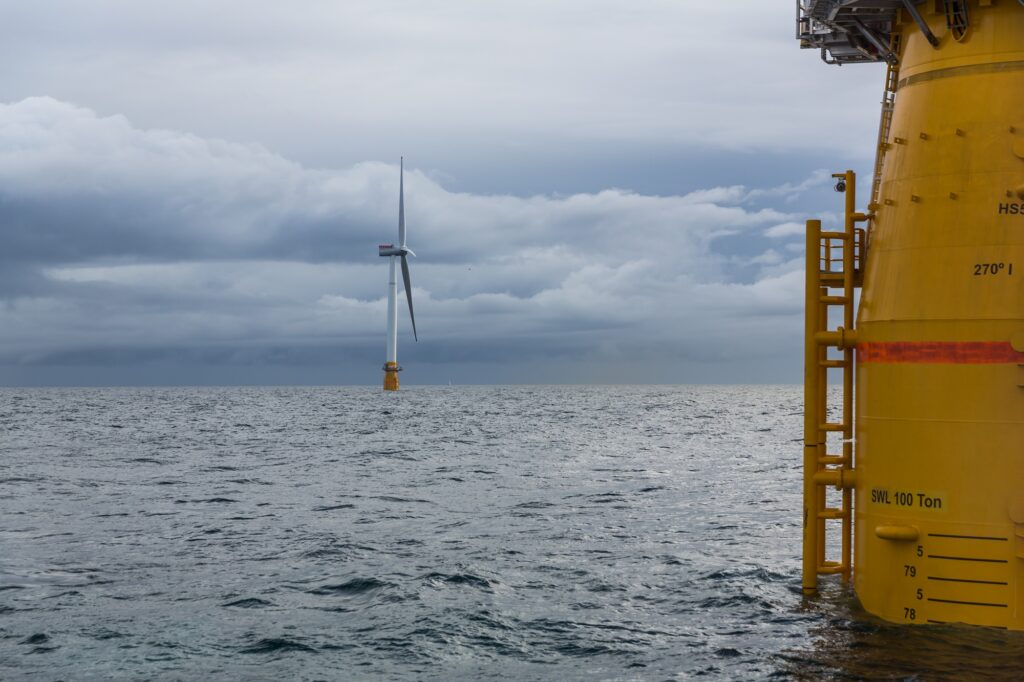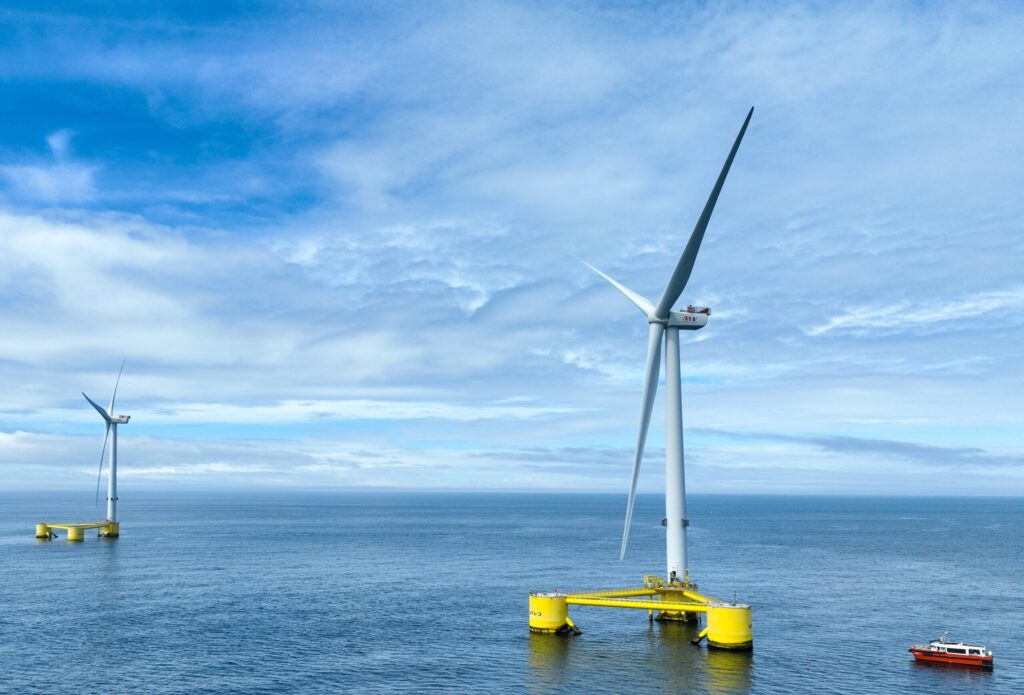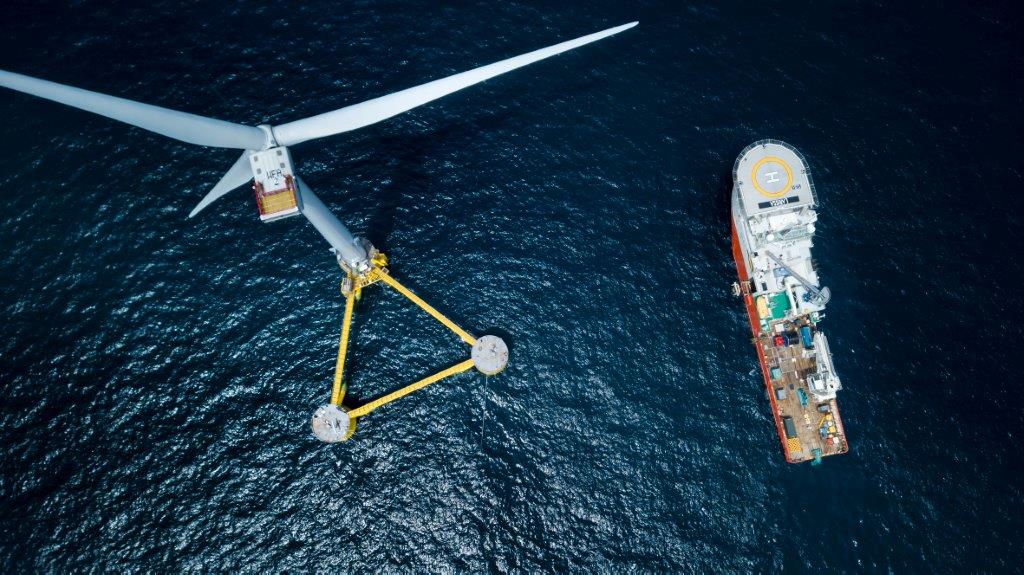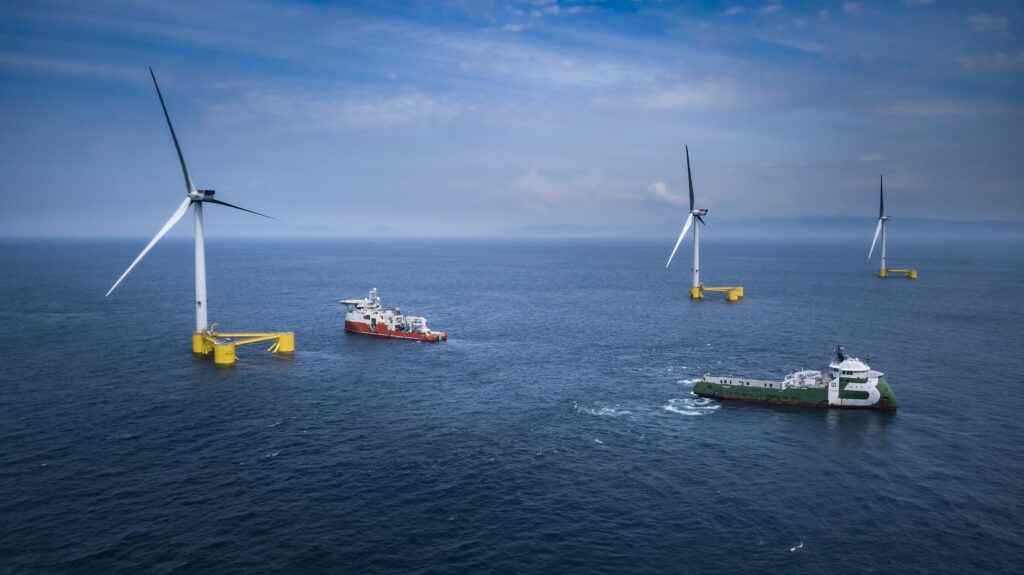Tension-leg platform (TLP) designs have a number of advantages with respect to semi-submersible
platforms, barges and spar buoys.
They have the smallest mooring footprint of all substructure typologies and reduced motion responses in all degrees of freedom, with potential benefits in terms of lower cumulative fatigue damage and improved energy yield. However, in comparison to other
substructure typologies, TLP solutions are rarely adopted in ongoing projects and their technology readiness level (TRL) remains lower to date. The reasons for this reluctance can be attributed to a limited understanding of the technology and to a number of challenges further discussed hereinafter.
Through this project, the Offshore Renewable Energy (ORE) Catapult investigated the geometric and inertial properties of a range of TLP concepts, conducted a techno-economic analysis across multiple TLP designs, and used its in-house cost and economic model, combined with stakeholder engagement to capture more accurately the costs and assumptions associated with the
technology,





